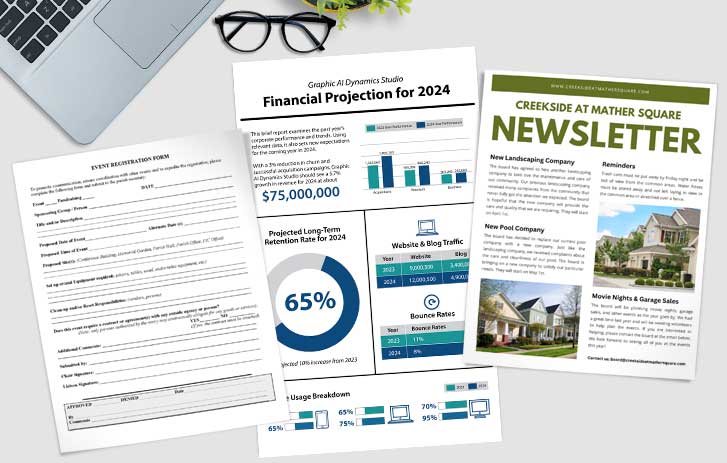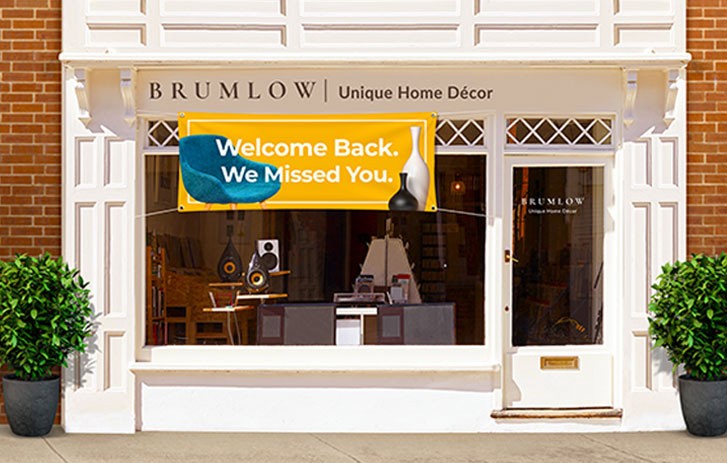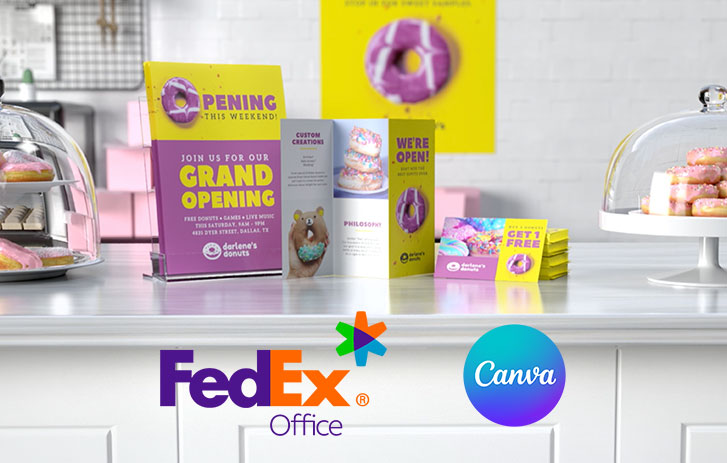

Imagine you’re a parent rushing your child to the hospital, anxious for answers and healing. Or, you’re a clinician bordering on burnout, juggling mounting workload and life pressures. Each day, healthcare organizations have opportunities to alleviate high-pressure moments and the ways you communicate with people under your care either build or erode those relationships, your reputation and revenue.
Whether trying to convey routine information or respond to once-in-a-blue-moon crises — say, hospital borne infections, data breaches, controversial policy changes and more — hospital leaders can turn critical communications into trust and engagement builders.
Moments of truth and moments of crisis
Whether it’s a crisis or sensitive day-to-day messaging, astute leaders take great care in communicating information that threaten staff or patient trust in the organization. As a starting point, it helps to clarify those two communications buckets.
Day-to-day, some communications don’t rise to crisis level but have the potential to trigger negative emotions. Industry consultants at Bain call them “moments of truth” — episodes with the highest potential to delight or disappoint. “When these moments go wrong, they often create unhappy detractors who vocally criticize the provider. But when they go right, they generate loyal, enthusiastic promoters who recommend the provider to friends and colleagues,” they explain.
Crisis communications, as the name implies, are far more delicate. Jim Lukaszewski, a crisis management consultant, defines a crisis as a “show-stopping, people-stopping, product-stopping, reputation-defining situation that creates victims or volatile visibility.”
In either case, it’s wise to heed Lukaszewski’s warning that “bad news ripens badly” and communications delays can be tough to recover from.
Steps for winsome crisis communications
Though exact steps might differ for routine communications, Lukaszewski’s roadmap for masterful crisis response can be summed up in five elements:
1. Stop the production of victims and prepare to care for those who have been harmed. Lukaszewski argues the greatest contributor to reputational harm in a crisis is the perception of indifference to people’s pain. “Leaving victim management to the victims themselves or to outsiders leaves you open for immediate and extraordinary criticism,” he explains.
2. Be mindful of the first mover’s advantage: The first one to communicate an issue gets to define the nature of the issue and much of the narrative around it. Prompt, clear communications gives you more control over what story gets told.
3. Communicate internally, immediately. While you might have to deal with external attention, neglecting your internal audiences derails trust with the people running your operations and encourages them to share their own version of what’s happened.
4. Next, Lukaszewski advises notifying all indirectly affected people: partners, vendors, affiliates, anyone who might be affected by your situation.
5. Finally, deal with the self-appointed and self-anointed, as Lukaszewski puts it: Media, bloggers, influential figures and antagonists who are discussing your story.
Breaking patterns with print
With so many distractions fighting for your audiences’ attention, print communications can provide significant advantages when you need to break through the noise, move readers to action, or move perceptions. Formats might include a host of materials ranging from flyers to metal signs, plastic banners, decals, murals, custom boxes, posters and more.
Countering digital overload
Patients and healthcare workers are both drowning in electronic information. “Click fatigue” has been cited as a common reason for nurse burnout as technology overtakes much of clinicians’ job functions. On the patient side, AdAge alerted to “notification numbness” way back in 2014 and Forrester predicts that trust in consumer technology will decline by 15% in 2023. Print helps you break through that digital onslaught.
Enhancing rapport and recall
A study by the U.S. Postal Service with Temple University reported that participants had a stronger emotional response to physical ads and remembered them better. Additionally, physical ads triggered activity in the area of the brain responsible for value and desirability for featured products.
Broadening inclusivity
Print helps you make communications more inclusive — particularly if part of the patient population can’t read screens or navigate electronics comfortably. Symbols and well designed signage can also cross the barriers of age, literacy and cultural backgrounds, researchers report.
Extending your reach
When people you need to reach are neither inside your hospital walls nor in your database, print can help. Community events, external vaccine sites, partner organizations, surrounding businesses and homeowners can all benefit from print materials and signage to adequately absorb and appreciate your message.
Boosting speed, staff capabilities
Mastering communications design, production and distribution can be a lot to ask for organizations low on resources and headcount. It’s why many healthcare facilities lean on external experts to magnify internal capabilities without overloading staff or sinking money into equipment leases and service.
Jim Dorgan, a regional account manager with FedEx Office®, is an advisor to many healthcare leaders looking to facilitate and expedite print projects. “Instead of trying to do things internally, they leverage our more than 2,200 locations and 19 manufacturing sites closest to where the end product needs to be delivered,” he shares.
Control is another “biggie” for those leaders, who often learned the hard way that using unsophisticated or disconnected partners can breed inconsistencies in quality and output. “With FedEx Office, they get local support with a national footprint, which changes the game when it comes to how quickly, how well and where materials are produced,” Dorgan explains.
Just as important, teams working with FedEx Office benefit from a dedicated consultant for a concierge-like experience and guidance on methods and materials they might not know about. “Whether it’s managing routine communications or planning, producing and distributing major campaigns, it’s invaluable for our healthcare clients to be able to hand it off to an expert,” says Dorgan.
Evolving needs demand an evolved approach
As staff and patient expectations evolve, so must communications practices. “It’s understandable that many healthcare leaders are trying to adapt solutions that worked for them in the past, but it’s vital to keep up with shifting audience needs,” Dorgan advises. “It takes a new approach to move at the speed stakeholders demand, seamlessly.”
What’s possible for your organization?
Learn how FedEx Office can help you quickly create and deliver critical messaging, making the most of your resources. Request your complimentary consultation today.





















